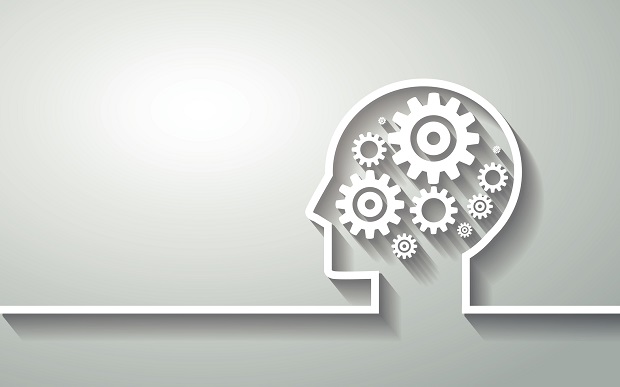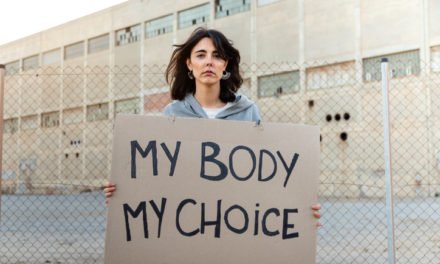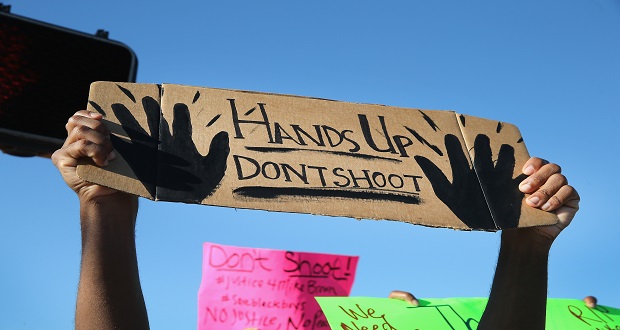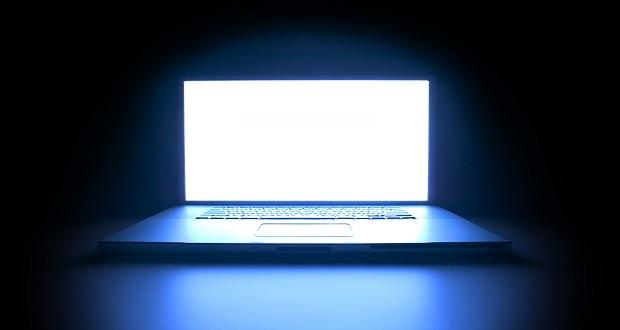
What’s step 1 of the Alcoholics Anonymous (AA) 12-step program? It’s admitting you don’t have complete control. If everyone was completely self-aware, then the process would probably skip on to solutions. But the reality is—it takes time admitting that there is a problem that needs to be resolved. Dealing with unconscious biases is similar. Step 1 is getting out of denial. It’s about coming to terms with the fact that, while you are not powerless, it takes intentional effort and self-awareness for you to understand and gain more control over your biases.
Oh, you don’t have unconscious biases? If you’re going to lie to me, fine…but please don’t lie to yourself. You have unconscious biases, as do I, and as does everyone else. Now, being in good company doesn’t mean it’s okay…it just means it’s natural.
Unconscious bias is usually discussed in the context of race, which makes sense because our society still has a very long way to go in that arena. However, it is important to realize that unconscious bias is exactly that: a bias that you’re not conscious of having, so it can take many forms. For instance, when you see multiple cars on a train, your unconscious biases kick in to help you select which one to ride in. Maybe you see that Car A is full of young children so you avoid it, due to potential noise. Perhaps Car B is very crowded, so you finally decide to choose Car C because there is a very kind-looking person with an open seat next to him/her. Your biases are showing. But, in this context, it’s not so problematic.
However, in other contexts, our unconscious biases influence actions that can cause issues. Let’s say you’re trying to select someone for a position at your company. First-round selections are made based on resumes. Because everyone’s resume is so different, it’s hard to assess them all using the same exact criteria. You may think you’re eliminating people based on who is clearly “worse” in comparison to who is “best.”
But, did you ever stop and pause to consider that what you perceive as being “best,” may not be the same for someone else? Perhaps that’s why many organizations have opted to form panels or committees for their hiring processes. The caveat there is: if everyone on the selection committee looks like one another, diversity of perspective when it comes to making candidate selections is highly unlikely.
Granted, there are many dimensions to diversity– like where you went to school, place of birth, socioeconomic background, etc. However, a committee or panel of mostly all (insert race here) decision makers, may not yield the same degree of diverse perspectives as would a panel that is racially diverse. I used race in this example because its seemingly one of the more understated or minimized dimensions of diversity. Some of that may have to do with the fallacy of us living in a post racial society (a topic for another post). But the reality is, we all see color, whether you choose to pretend you don’t or not. It’s not about ignoring differences, it’s about tolerating, accepting, and celebrating them…that’s how I see diversity and inclusion.
Here are a couple of awesome resources if you’re truly ready for the next step (even if that’s just step 1) in your journey toward self-awareness:
- Watch this Ted Talk: How to Overcome our biases? Walk boldly toward them.
- Take at least one of these short tests


















